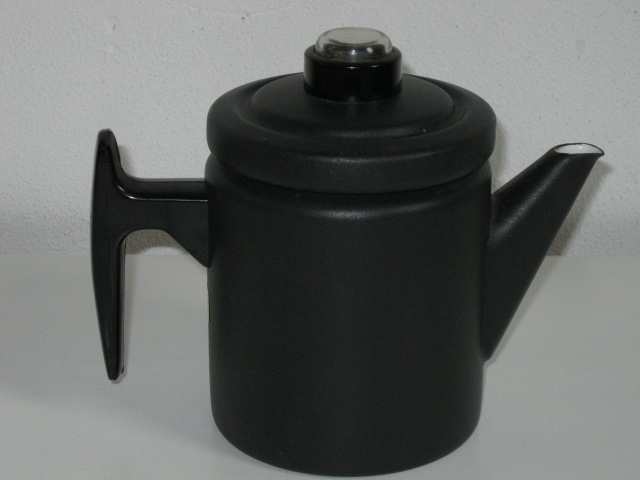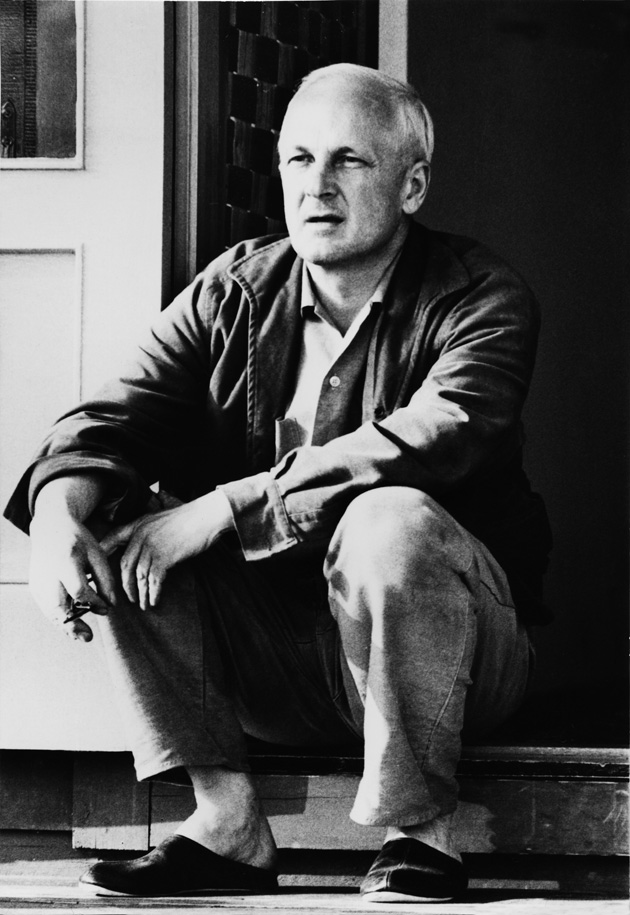|
Milan Triennial XI
The Milan Triennial XI was the Triennial in Milan of 1957 sanctioned by the Bureau of International Expositions (BIE). Its theme was ''Improving the Quality of Expression in Today’s Civilisation''. Contents There was a survey of sculpture of the previous 50 years, showing works by Umberto Boccioni, Constantin Brâncuși, Alexander Calder, Arturo Martini, Henri Matisse, Henry Moore, Pablo Picasso, Pierre-Auguste Renoir and Auguste Rodin. Gillo Dorfles, Leonardo Ricci, Luigi Rosselli and Marco Zanuso organised an industrial product exhibition. And an architecture section. Timo Sarpaneva won 2 Grand Prix, Kaj Franck and Dora Jung one each. Antti Nurmesniemi, Yki Nummi, Ilmari Tapiovaara, Vuokko Eskolin, Bertel Gardberg and Sori Yanagi won gold medals, Yanagi's for his butterfly stool. Saara Hopea won a silver medal for her flamingo liqueur glasswork. The USA pavilion was designed by Walter Dorwin Teague Walter Dorwin Teague (December 18, 1883 – December 5, 1960) was ... [...More Info...] [...Related Items...] OR: [Wikipedia] [Google] [Baidu] |
Triennale
The Triennale di Milano is a design and art museum in the Parco Sempione in Milan, in Lombardy in northern Italy. It is housed in the Palazzo dell'Arte, which was designed by Giovanni Muzio and built between 1931 and 1933; construction was financed by Antonio Bernocchi and his brothers Andrea and Michele. The Milan Triennial, an World's fair, international exhibition of art and design, was held at the museum thirteen times between 1936 and 1996, and – after a break of twenty years – again in 2016. Since 2003 the Triennale has awarded the triennial Gold Medal for Italian Architecture ( it, Medaglia d'oro all'architettura italiana, italic=no). A permanent museum of Italian design, the Trienniale Design Museum, was opened in 2007. It hosts design, architecture, and the visual, scenic and performing arts. The building houses a theatre, the Teatro dell'Arte, which was also designed by Muzio. In 2019, thXXII Triennalewas celebrated under the title "Broken Nature", focusing on ... [...More Info...] [...Related Items...] OR: [Wikipedia] [Google] [Baidu] |
Auguste Rodin
François Auguste René Rodin (12 November 184017 November 1917) was a French sculptor, generally considered the founder of modern sculpture. He was schooled traditionally and took a craftsman-like approach to his work. Rodin possessed a unique ability to model a complex, turbulent, and deeply pocketed surface in clay. He is known for such sculptures as ''The Thinker'', ''Monument to Balzac'', '' The Kiss'', ''The Burghers of Calais'', and ''The Gates of Hell''. Many of Rodin's most notable sculptures were criticized, as they clashed with predominant figurative sculpture traditions in which works were decorative, formulaic, or highly thematic. Rodin's most original work departed from traditional themes of mythology and allegory. He modeled the human body with naturalism, and his sculptures celebrate individual character and physicality. Although Rodin was sensitive to the controversy surrounding his work, he refused to change his style, and his continued output brought increas ... [...More Info...] [...Related Items...] OR: [Wikipedia] [Google] [Baidu] |
1957 In Italy
1957 (Roman numerals, MCMLVII) was a Common year starting on Wednesday, common year starting on Tuesday of the Gregorian calendar, the 1957th year of the Common Era (CE) and ''Anno Domini'' (AD) designations, the 957th year of the 2nd millennium, the 57th year of the 20th century, and the 8th year of the 1950s decade. Events January * January 1 – The Saarland joins West Germany. * January 3 – Hamilton Watch Company introduces the first electric watch. * January 5 – South African player Russell Endean becomes the first batsman to be Dismissal (cricket), dismissed for having ''handled the ball'', in Test cricket. * January 9 – British Prime Minister Anthony Eden resigns. * January 10 – Harold Macmillan becomes Prime Minister of the United Kingdom. * January 11 – The African Convention is founded in Dakar. * January 14 – Kripalu Maharaj is named fifth Jagadguru (world teacher), after giving seven days of speeches before 500 Hindu scholars. * January 15 – The film ' ... [...More Info...] [...Related Items...] OR: [Wikipedia] [Google] [Baidu] |
Paul McCobb
Paul Winthrop McCobb (June 5, 1917 – March 10, 1969) was an American modern furniture designer, textile designer, painter, and industrial designer. Early life and education Paul Winthrop McCobb was born on June 5, 1917 in Medford, Massachusetts, to parents Winifred Leontine (née Caulfield) and Raymond Winthrop McCobb. His father's family was from Maine and his mother's family was from Ireland. His father was employed, as of 1920, as a men's clothing salesman. His mother was employed as a stenographer. He knew from an early age that he wanted to be an artist, and studied drawing and painting at the Vesper George School of Art in Boston.''Art Digest'', September 15, 1952, p. 19. He did not complete his course there, and enlisted in the United States Army as a Private on December 5, 1942. While enlisted in the Army, he was in the Camouflage Corps of the Army Corps of Engineers and worked as an instructor of painted scenery. He only served for a short time and was released o ... [...More Info...] [...Related Items...] OR: [Wikipedia] [Google] [Baidu] |
Walter Dorwin Teague
Walter Dorwin Teague (December 18, 1883 – December 5, 1960) was an American industrial designer, architect, illustrator, graphic designer, writer, and entrepreneur. Often referred to as the "Dean of Industrial Design", Teague pioneered in the establishment of industrial design as a profession in the US, along with Norman Bel Geddes, Raymond Loewy, Henry Dreyfuss and Joseph Claude Sinel, Joseph Sinel. Regarded as a classicist and a traditionalist despite a later shift to modern tastes, Teague is recognized as a critical figure in the spread of mid-century modernism in America. He is widely known for his exhibition designs during the 1939 New York World's Fair, 1939-40 New York World's Fair, such as the Ford Building (San Diego), Ford Building, and his iconic product and package designs, from Eastman Kodak's Bantam Special to the steel-legged Steinway piano. A self-described late starter whose professional acclaim began as he approached age 50, Teague sought to create heirlooms ... [...More Info...] [...Related Items...] OR: [Wikipedia] [Google] [Baidu] |
Saara Hopea
Saara Elisabet Hopea-Untracht (1925 –1984) was a Finnish designer whose work included glassware and jewellery. Personal life and education Hopea was born on 26 August 1925 in Porvoo, Uusimaa, Finland. She was the granddaughter of goldsmith Samuel Mika Westerlund, her mother was a talented craftswoman, and her father Ossian Hopea was manager of the Westerlund goldsmiths business. She studied from 1943 to 1946 at the Central School of Industrial Design or School of Applied Arts, now part of Aalto University School of Arts, Design and Architecture, in Helsinki, and gained a degree in interior design. She married Oppi Untracht, an American metalsmith, writer and educator, in 1960, after meeting him when he visited Finland in 1954. She died in Porvoo on 25 June 1982. Work Hopea worked in furniture design from 1946 to 1948 and then joined metalsmith Paavo Tynell's company from 1948 to 1952. She then joined where she designed glassware, and her work "epitomized the minimalist ide ... [...More Info...] [...Related Items...] OR: [Wikipedia] [Google] [Baidu] |
Sori Yanagi
was a Japanese industrial designer. He played a role in Japanese modern design developed after World War II to the high-growth period in the Japanese economy. He is both a representative of the wholly Japanese modern designer and a full-blown modernist who merged simplicity and practicality with elements of traditional Japanese crafts. Early life Yanagi was born in 1915 in Tokyo, Japan. His father is Yanagi Sōetsu, founder of the Japanese folk crafts mingei movement, which celebrated the beauty of everyday objects, and the Japanese Folk Crafts Museum (Nihon Mingeikan). Sōri entered Tokyo Art School (now, Tokyo University of the Arts) in 1934, where he studied both art and architecture. Career He was influenced by Le Corbusier as well as by Charlotte Perriand, whom he translated for when she was in Tokyo during the early 1940s. Perriand introduced him to product design, and his interests later moved from painting to buildings to design and objects. Most of Yanagi's designs a ... [...More Info...] [...Related Items...] OR: [Wikipedia] [Google] [Baidu] |
Ilmari Tapiovaara
Yrjö Ilmari Tapiovaara (September 7, 1914 – January 31, 1999) was a Finnish designer noted for his furnishings and textiles. Education and work In 1937 he graduated in interior design and in the following year worked for Asko. He would count Alvar Aalto as a strong influence. In World War II, Tapiovaara designed dugouts and field furniture to the Finnish Army, a challenging task given that only local wood and simple tools could be used, and no nails or screws were available. His own work gained attention for the Domus chairs. These came about while working with his wife at the Domus Academica from 1946 to 1947. The couple established their own office in 1951. In the following year he taught design at the Illinois Institute of Technology. After this he would do work in Paraguay and Mauritius on behalf of a United Nations development program. Further in 1959 he received the Order of the Lion of Finland The Order of the Lion of Finland ( fi, Suomen Leijonan ritarikunta; sv ... [...More Info...] [...Related Items...] OR: [Wikipedia] [Google] [Baidu] |
Antti Nurmesniemi
Antti Aarre Nurmesniemi (30 August 1927 in Hämeenlinna – 11 September 2003 in Helsinki) was a Finnish designer. He is perhaps best known for his coffee pots and his interior design work. Biography Antti Nurmesniemi's work includes enamel coffee pots and furniture such as the Jakkara sauna stool, as well as interior design work. He has been referred to as the "Grand Old Man of Finnish Design", and he won the Lunning Prize in 1959. He was married to textile designer Vuokko Eskolin-Nurmesniemi, known for her striped designs for Marimekko. Nurmesniemi was involved in the modernist design of the Palace Hotel from 1951–1953. with Olli Borg and Olavi Hänninen. Eero Aarnio worked for him for a short time, and they are credited together in at least one source for the Ball Chair design in the 1960s. Mary Quant Dame Barbara Mary Quant, Mrs Plunket Greene, (born 11 February 1930)The Mary Quant exhibition at the Victoria and Albert Museum in 2019-20 stated her year of bir ... [...More Info...] [...Related Items...] OR: [Wikipedia] [Google] [Baidu] |
Dora Jung
Dora Elisabet Jung (16 October 1906 – 19 December 1980) was textile artist, craftswoman, and industrial designer from Finland. Her career lasted five decades. She designed products and works of art made out of linen which can be found in homes, churches, and public buildings. She was known for her expertise in designing woven damask fabrics with abstract motifs. Jung graduated in school of Art and design in 1932. She founded her own weaving atelier where she worked for more than 50 years. She developed her own loom, but usually others did the weaving while Jung concentrated in design and improving the weaving technique. Jung was considered by her contemporaries as the reformer of damask and her weaving as the renaissance of the damask art. Her method of damask weaving has been called the Dora Jung technique. 1951 she was awarded a Grand Prix at the Milan Textile Triennial Exposition for her damask called ''Duvor'' (Doves). After that she got many contracts for public building ... [...More Info...] [...Related Items...] OR: [Wikipedia] [Google] [Baidu] |
Kaj Franck
Kaj Gabriel Franck (9 November 1911 Vyborg, Grand Duchy of Finland – 26 September 1989 Santorini, Greece) was one of the leading figures of Finnish design and an influential figure in design and applied arts between 1940 and 1980. Franck's parents were Kurt Franck and Genéviève "Vevi" Ahrenberg. He was a Swedish-speaking Finn, and he was of German descent through his father. Franck was artistic director of the Arabia ceramics company (now part of Iittala Group) and artistic director and teacher at the College of Applied Arts – the predecessor of the University of Art and Design Helsinki (now Aalto University) – since 1945, but created designs for other companies as well. He was awarded the Prince Eugen Medal in 1964. The Design Forum Finland awards the yearly Kaj Franck Design Prize to a designer or team of designers working in the spirit of the late Kaj Franck. Recipients of the prize include Oiva Toikka (1992), Yrjö Kukkapuro (1995), Heikki Orvola (1998), Eero Aarnio ( ... [...More Info...] [...Related Items...] OR: [Wikipedia] [Google] [Baidu] |
Timo Sarpaneva
Timo Tapani Sarpaneva (31 October 1926 – 6 October 2006) was an influential Finnish designer, sculptor, and educator best known in the art world for innovative work in glass, which often merged attributes of display art objects with utilitarian designations. While glass remained his most commonly addressed medium, he worked with metal, wood, textiles, and porcelain (china). Sarpaneva has entered homes around the world through his industrial design of upscale, artistically conceived items, including cast-iron cookware and porcelain dinnerware. His work was among the key components that helped to launch Finland's reputation as a trailblazer of design. Biography Early As with his grandfather's anvil prominently displayed to introduce visitors to his 2002 retrospective exhibition at the Design Museum in Helsinki, Timo Sarpaneva narrated his family heritage as that of craftsmen. He would mention his maternal grandfather, a blacksmith, whose profession Sarpaneva claimed as his fa ... [...More Info...] [...Related Items...] OR: [Wikipedia] [Google] [Baidu] |
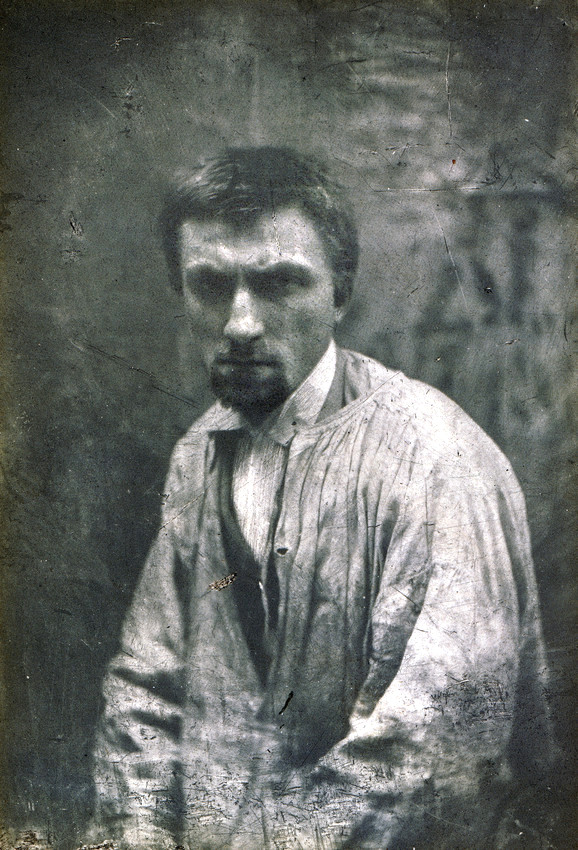
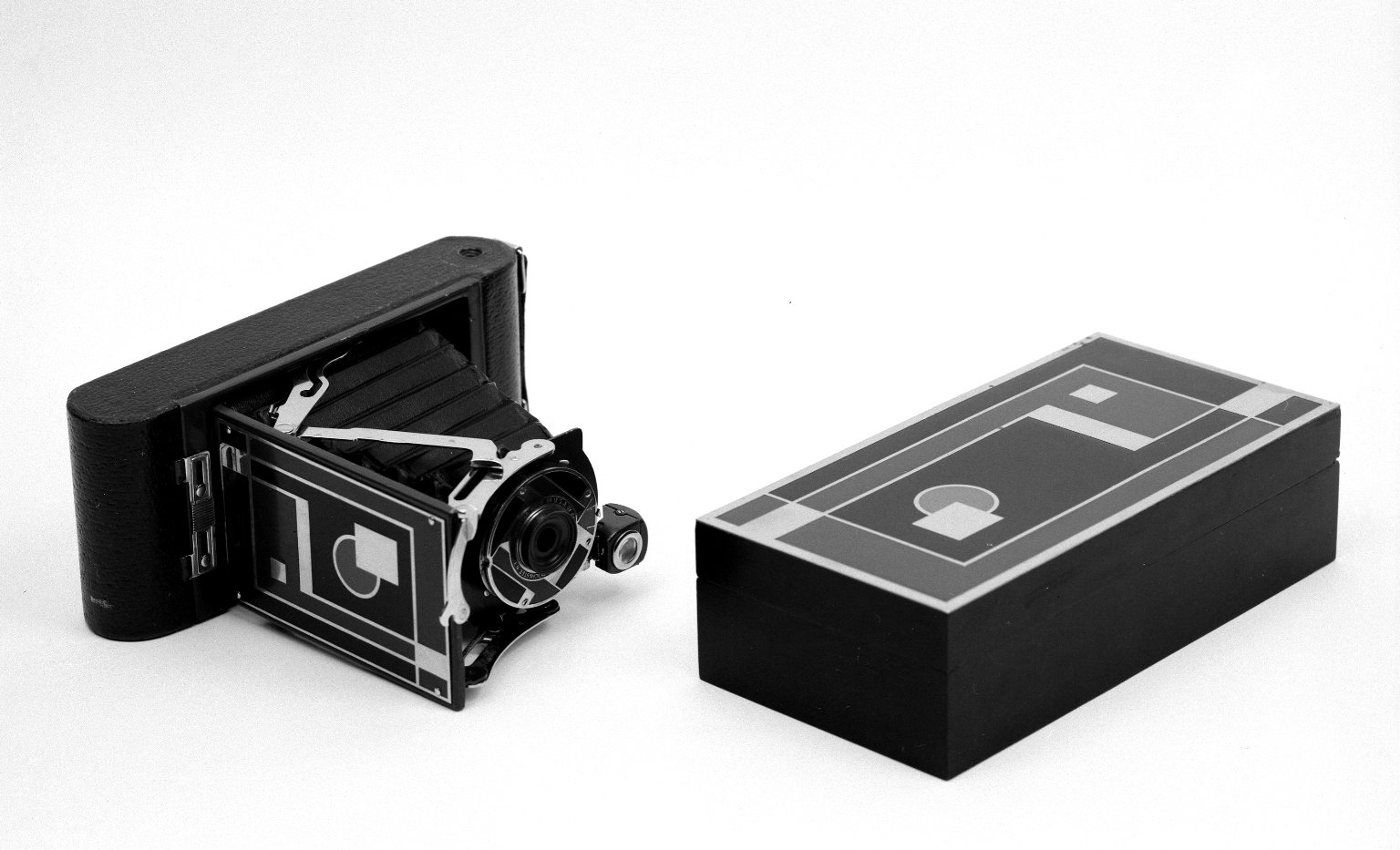
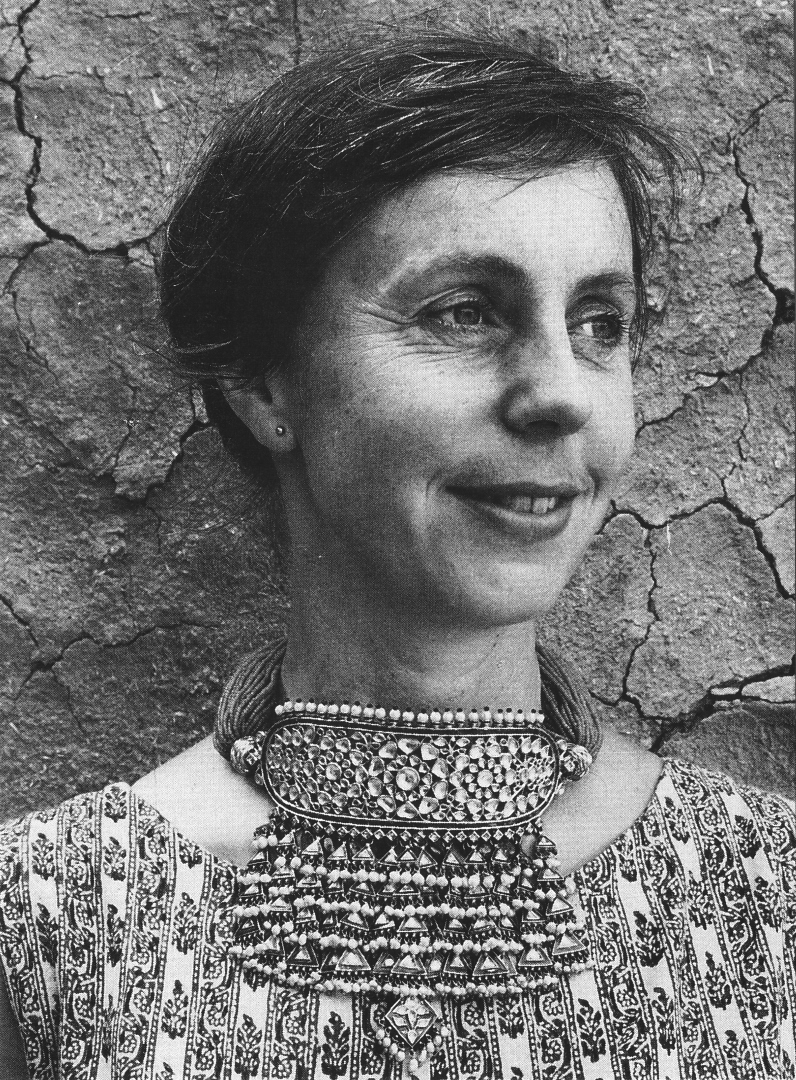
.jpg)
